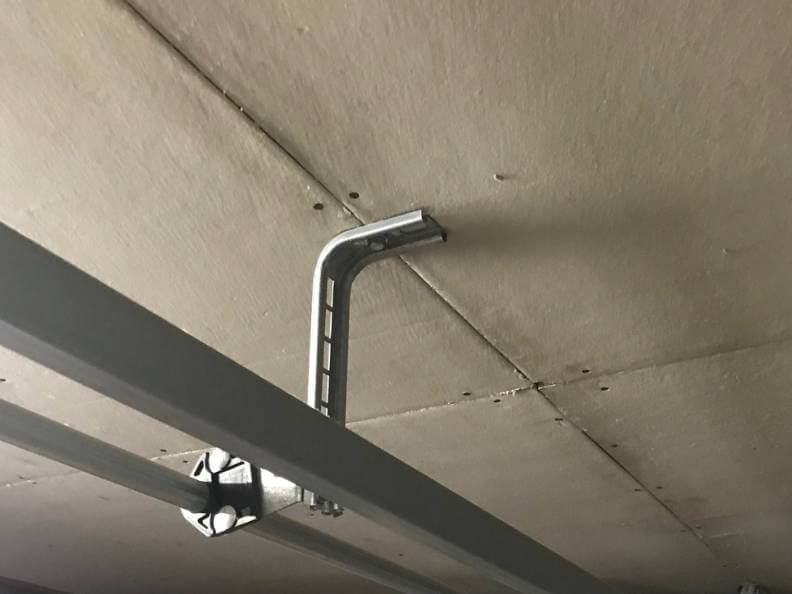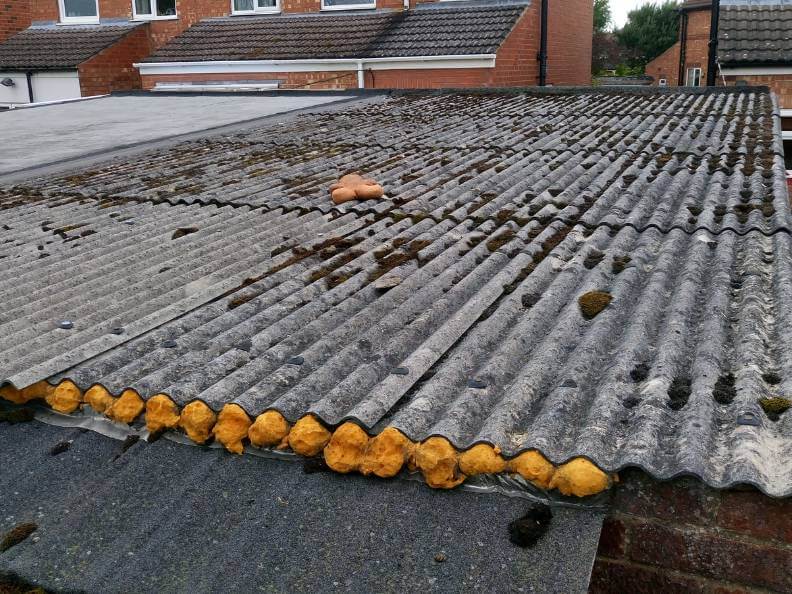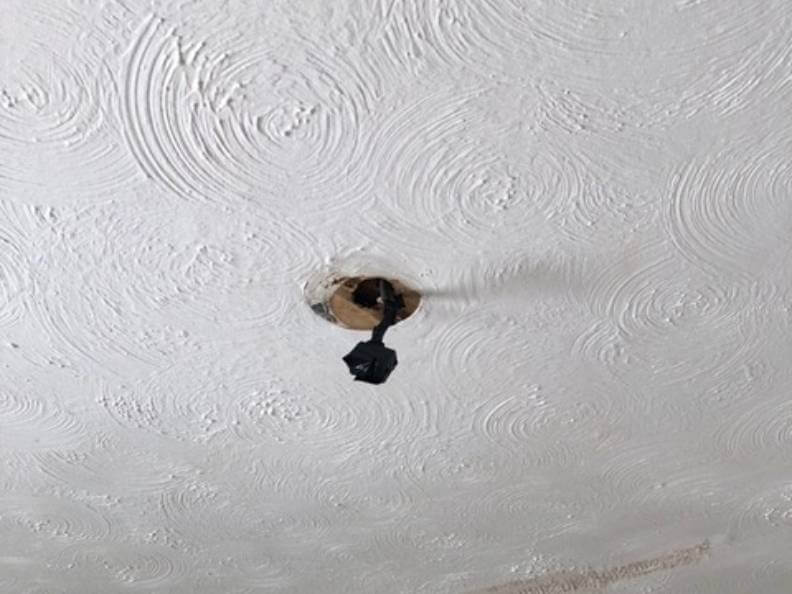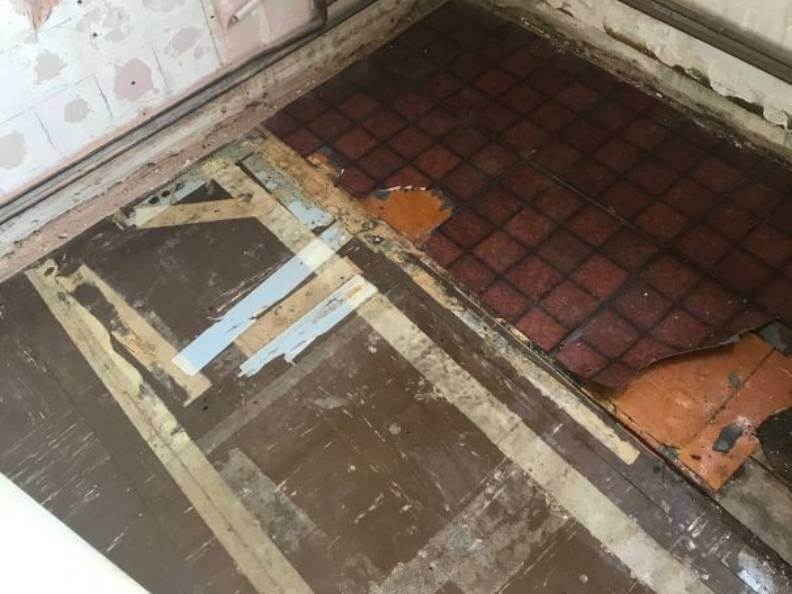Asbestos is a naturally occurring mineral once widely used in construction for its heat-resistant properties. In recent years, It has been linked to serious health issues. Asbestos is also notorious for being hidden in plain sight. This makes it crucial for homeowners and renovators to know how to identify it and what to do if they suspect it. Let’s explore what asbestos looks like and three key tips on spotting it.
Here are 3 tips on how to spot what Asbestos looks like
- 1. Texture Matters: Asbestos comes in various forms, but one commonality is its fibrous texture. If you encounter insulation or materials with a fluffy consistency, resembling candy floss or a torn fabric, it could contain asbestos. Be cautious when handling such materials, and consider seeking professional help for proper identification and removal.
- 2. Colour Clues: Asbestos itself is not always easy to identify by colour alone. However, certain asbestos-containing materials may give you a hint. Older asbestos products, such as ceiling tiles, may have a greyish or white colour. Additionally, some types of asbestos-cement products, like roofing shingles, may exhibit a light grey colour. Keep an eye out for these shades when inspecting materials in your home.
- 3. Check for Unique Patterns: Asbestos-containing materials often have distinct patterns that can aid in identification. For instance, asbestos vinyl tiles may have a marbled appearance, while asbestos insulation boards may display a honeycomb pattern. Be attentive to unusual designs or textures in building materials, especially in structures built before the 1980s when asbestos use was prevalent.
Knowing how to spot Asbestos
Understanding what asbestos looks like is crucial for ensuring a safe living environment. Remember to exercise caution if you suspect asbestos and seek professional assistance for testing and removal. You can protect yourself and your loved ones by paying attention to textures, colours and unique patterns of asbestos. Stay informed and proactive when it comes to your home’s safety.
Identifying Asbestos materials in your home
Below are some common examples of asbestos materials that could be in your home.
Asbestos Insulation Boards (AIB)

Asbestos boards are typically flat, rigid panels composed of a 15-25% mix of asbestos fibres with a binding material. This is often cement or another mineral substance. The appearance of asbestos boards can vary depending on their specific composition and purpose. They generally exhibit a grey or beige colour and have a smooth surface or a textured finish. They can also range in thickness based on the intended application.
Asbestos boards were commonly used for their fire-resistant and insulating properties. These boards can be found in garages (as shown in the image above), under stairs and sometimes small outside extensions such as a porch. Asbestos boards are now largely considered hazardous. Proper precautions must be taken when handling or removing them to mitigate health risks. AIB is a licensed removal job due to the nature of the boards. This can mean the removal and disposal of AIB is a more complex job. That’s where Midlands Asbestos Solutions comes in.
Asbestos Cement in Garages

Asbestos cement is typically found in garages. They often appear as flat, grey or beige panels that may resemble traditional cement or fibre cement sheets. In an asbestos garage, you may find these panels forming walls, the wavy style roofing, or even as part of the flooring. The surface is smooth or textured, and known for its strength and insulating properties. However, if the garage is ageing or damaged, there is a potential for asbestos fibres to be released into the air.
These panels, composed of asbestos fibres mixed with cement, were commonly used in the construction of garages and other structures due to their fire-resistant and durable nature. Removing your asbestos garage safely is crucial. At MAS, we are fully licensed and we can provide a full demolition and disposal of your garage. We’ll provide you with the proper waste certification to prove your asbestos garage has been disposed of correctly.
Asbestos In Artex

Artex, a popular textured coating applied to ceilings and walls, was commonly manufactured with asbestos until the mid-1980s. Asbestos fibres were added to Artex to enhance its durability, fire resistance, and insulation properties. If your ceiling has an Artex finish and your property was constructed or renovated before the 1980s, there is a considerable likelihood that it may contain asbestos.
The asbestos content in Artex poses potential health risks when disturbed, as it can release microscopic fibres into the air. Although asbestos-containing materials are generally safe when left undisturbed, any activities that involve drilling, sanding, or otherwise damaging the Artex could release asbestos particles. To determine the presence of asbestos in your ceiling Artex, it is advisable to talk to an asbestos professional, like MAS, who can safely sample your artex and test it for you.
Asbestos in flooring and adhesives such as Bitumen

Asbestos was commonly used in vinyl flooring and floor tiles, as well as adhesives, until the 1980s. When these materials degrade or are disturbed during renovations, asbestos fibres can be released. Homeowners with older flooring should exercise caution and seek professional advice from a trusted company, like MAS, for safe removal or encapsulation.
Other areas you could potentially find Asbestos
There maybe other areas within older homes where you could potentially find asbestos. For example, you may find asbestos confinements in old soil pipes and pipe lagging, within old storage heaters, loft insulation. Depending on how old your log burner may be, asbestos could be found in the rope seal around the flu and the doors of your burner.
Before you rip out an old bathroom, strip a ceiling, or take up old tiled flooring, bear in mind the possible health risks. If you have any concerns, you can get the suspected area tested with MAS for peace of mind.
Get in touch with us today
If you would like to learn more about the different types of asbestos and what they may look like, don’t hesitate to get in touch with us today. We can provide you with a free quote and test suspected areas of asbestos to give you peace of mind.